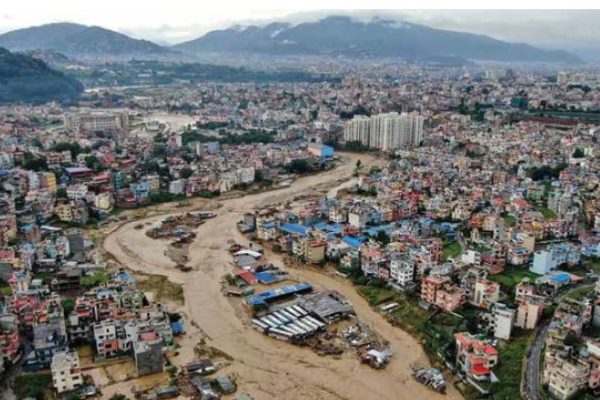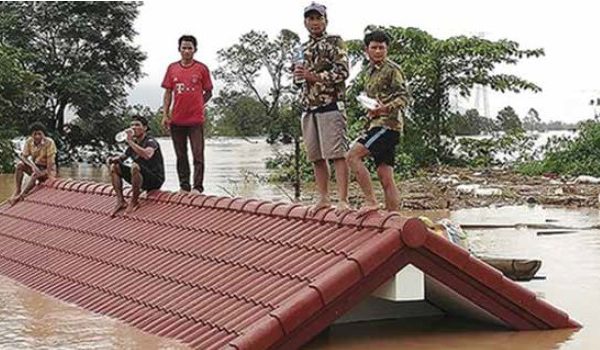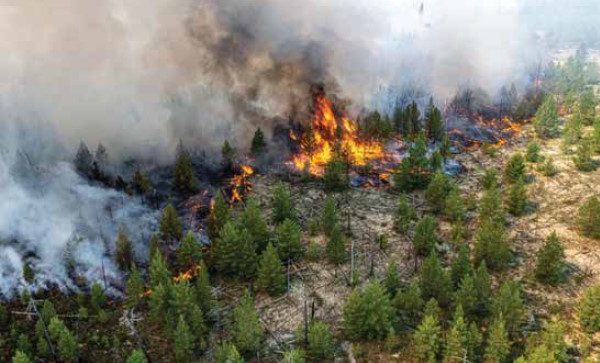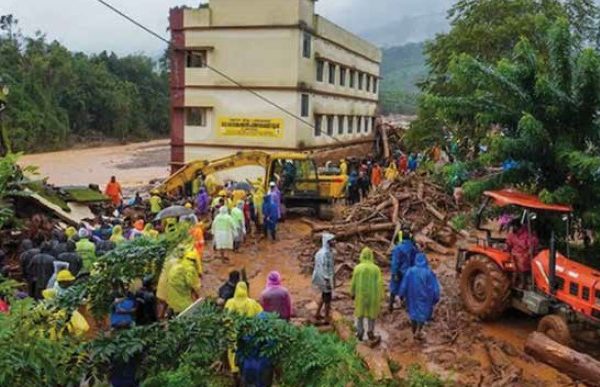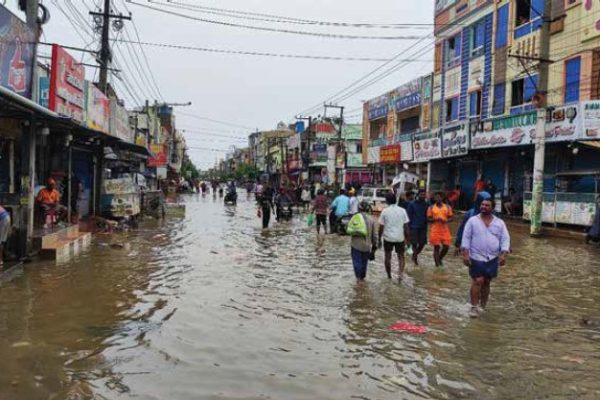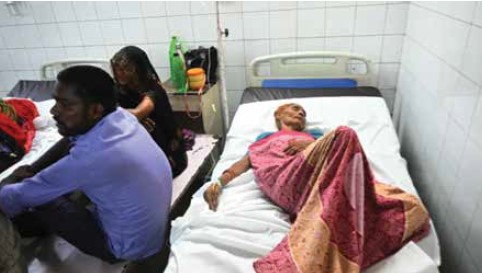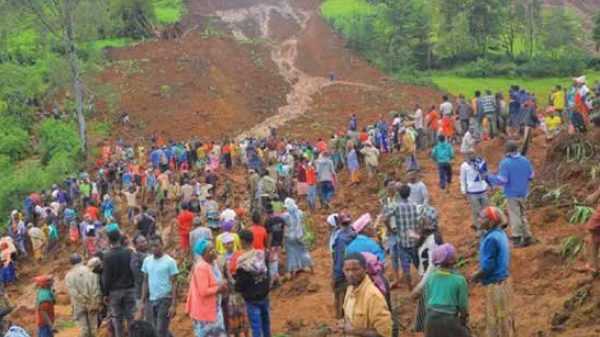
Devastating Landslides in Ethiopia Claim Hundreds of Lives, Thousands Displaced
In a tragic turn of events, heavy rains on July 21 and 22, 2024, triggered a series of deadly landslides in the mountainous regions of Gezei Gofa Woreda, Gofa Zone, located in Ethiopia’s South Region. Local authorities have confirmed the disaster has claimed at least 236 lives, making it Ethiopia’s deadliest landslide in recent history….


